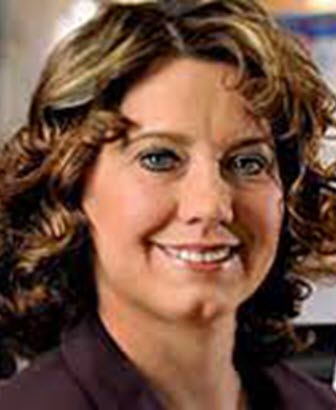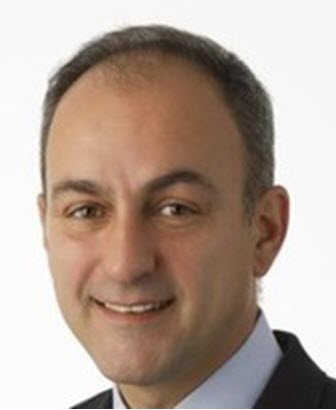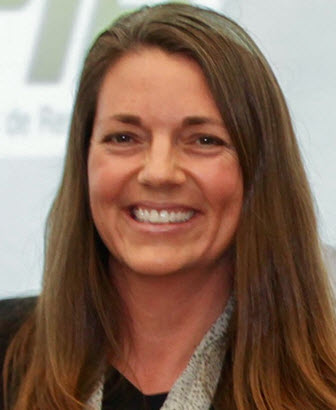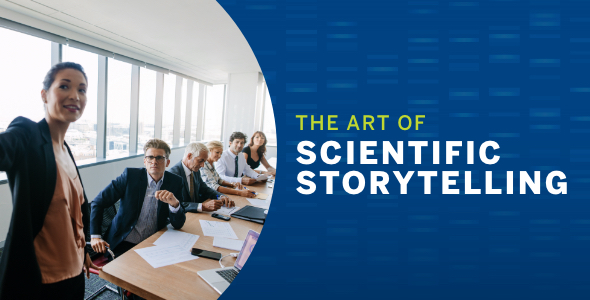By the bioMérieux Connection Editors
Each year at the International Association for Food Protection (IAFP) Annual Meeting, food safety and quality professionals from around the globe come together to share information on the latest scientific innovations and emerging issues that impact the safety and quality of our food supply.
For food safety professionals, convincing leaders and stakeholders of the critical investments needed in food safety and quality innovation requires a communication strategy that can reach beyond science and into the boardroom.
At this year’s IAFP meeting on July 18 – 21, industry experts gathered to share successful experiences and lessons they have learned when communicating the value of innovative scientific applications, which ultimately helped protect both brands and consumers.
Use these three key takeaways to better communicate the importance of food safety innovation in your organization.
Three Lessons from Food Safety Experts
The panel participants—Dr. Mindy Brashears, Dr. Alejandro Mazzotta, and Dr. Michele Sayles—are leaders in their respective organizations with extensive backgrounds in food safety and quality. Their discussion was hosted and moderated by Dr. Stan Bailey, Sr. Director of Scientific Affairs at bioMérieux.
 |  |  |
| Dr. Mindy Brashears | Dr. Alejandro Mazzotta | Dr. Michele Sayles |
Associate Vice President of Research, International Center for Food Industry Excellence, Texas Tech University | Sr. Vice President, Chobani | Executive Director Food Safety & Quality, Diamond Pet Foods |
1. Turn your data into a story that is optimized for each audience.
Dr. Mazzotta shared that his first lesson in scientific storytelling came while working on his PhD, drafting a paper for publication. His professor’s advice after reading his wordy draft stuck with him throughout his career: “If you don’t put your scientific data, from beginning to end, in an engaging story for the reader, you’re losing the reader and your research won’t be as impactful, even if the data is there,” Dr. Mazzotta recalled.
Not everyone has a scientific background, which can make explaining food safety, especially the microbiology components, a daunting challenge. Dr. Brashears drew upon her experiences translating scientific data into meaningful stories for government committees and members of Congress during her tenure at the USDA—stories that could lead to actual public health impact from the top down. Of her strategy, Dr. Brashears said, “[You] have to meet people where they are, you have to know what motivates them.”
2. Make your main point early and emphasize it throughout your story.
Dr. Mazzotta detailed how, at a previous company, one of his colleagues was tasked with assessing an acquisition—one that both Dr. Mazzotta and his colleague thought would be too big of an investment for the company. However, his colleague didn’t address any of their concerns until the very end of their report to leadership—who only read the first paragraph. Thus, Dr. Mazzotta says, “You have to make your point in your first sentence, because that could be the only sentence the person above you reads.”
After getting your point across, be sure to keep coming back to it as you tell your story, so that it doesn’t get lost. Dr. Sayles usually stresses the importance of innovation to the leadership in her organization, especially when fighting for new food safety equipment. “I tell them, do you want to be left behind? Or do you want to be part of the group that looks forward?” she said, continuing to say that with this strategy, “I have been very successful in getting my management to buy into some of the newer technology.”
3. Stories grounded in data are rooted in truth.
The panel members are experts in storytelling, but they’ve still encountered people throughout their careers who didn’t buy into the narratives. Although they experienced these unsuccessful first attempts, all the speakers agreed that if your story is based on data, it will always prove itself in the end.
“The message may not get out, and you may not turn the tide, but, at the end of the day, the data will stand and it will tell a story,” said Dr. Brashears. “You can do all these right things and not influence anyone or change anyone’s mind, but you always have to make the right decision, and as a scientist, that’s always going to be data-driven.”
Dr. Sayles told a story from one of her past jobs, in which her company knew they had a significant food safety improvement they needed to make. She argued for the new technology, which would be a large financial investment, but the company chose to continue without it. “All of a sudden you have a positive in the environment, then a positive in the finished product, and it’s like, now what do you do?” she said. “Unfortunately, it was one of those things where we should have made the investment, and we didn’t.”
Why Scientific Storytelling Matters
Data remains the bedrock of any scientific narrative, and it is important to communicate with decision makers in an effective way. Scientific stories can impact major financial decisions within an organization, which in turn help protect brand reputation and consumer health. Investing in the right data-supported equipment and processes can help prevent issues—including recalls—before they occur. With scientific storytelling, data helps you make a difference.
Opinions expressed in this article are not necessarily those of bioMérieux, Inc.



